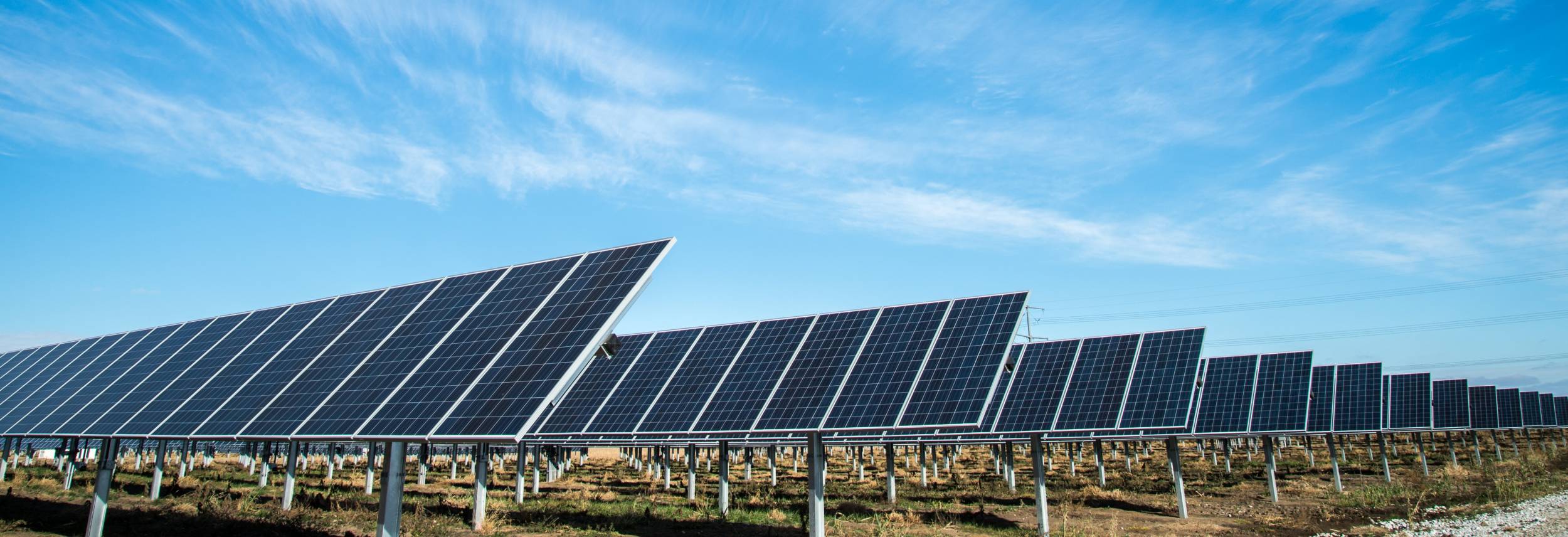
By Alexandra Kroger–5/12/2020
In spite of policy, technical and market challenges, renewable energy has come a long way. But barriers still remain. The current greatest obstacle is a federal administration that has been actively thwarting the transition to a clean energy economy.
First, the administration imposed punishing tariffs on solar panels, an action estimated to have resulted in tens of thousands of jobs lost. In seeking to recover from 2008 financial crisis, federal policy makers viewed rapid expansion of renewable energy investment—including federal incentives—as a key to recovery and job growth. They were proven correct when clean energy investments from the American Recovery and Reinvestment Act supported roughly 900,000 job between 2009 and 2015. At a time when over 20 million Americans have lost their jobs, the administration’s war against clean energy development and associated job growth is especially foolhardy.
One of the latest actions hits especially close to home, as it threatens clean energy generation in our very own regional power grid, known as “PJM.” In mid-April the Federal Energy Regulatory Commission (FERC) decided to ignore the pleas of PJM stakeholders to reconsider an earlier ruling – one that affects development of new renewable generation on the grid, and puts the future of clean energy across the entire region in doubt.
In December 2019, FERC released an order to require that any new energy source receiving government support (a broad category that includes renewable generation) be subject to the Minimum Offer Price Rule (MOPR) for bidding into the capacity market. The effect would be to artificially hike the cost of renewable energy, pricing it out of a market dominated by cheap natural gas. Then, last month another ruling by FERC denied a rehearing of that order.
That’s a lot to take in. So, let’s break this down to figure out what it all means:
First, what is FERC?
FERC is the federal agency that regulates interstate commerce in transmission and wholesale sales of electricity and natural gas, as well as interstate transportation of oil by pipeline. Since PJM is a regional grid covering several states (including Pennsylvania), FERC has jurisdiction over policy questions relating to PJM operations.
What is a capacity market?
Most of the time, base load generation (the power plants that are always running) can meet most of the energy needs in PJM. During peak energy events, however, more energy is needed. That’s where the capacity market comes in – like an insurance policy to make sure that electricity needs in every home and business are always met. Capacity markets are a major source of revenue for electricity generators, as their payments ensure that the market provides the capacity (see what I did there?) to meet all electricity needs
What is MOPR and why is FERC applying it to renewable generation?
MOPR is a floor price that was created to ensure that new units coming into service in PJM’s capacity market are competitively priced. The MOPR was initially applied to new gas generation units only. But now, in the name of “competitive markets,” FERC is requiring a price premium for any source of generation that benefits from a state incentive. This would include wind and solar arrays in states, like Pennsylvania, where state law requires electricity suppliers to buy some of their power from renewable energy projects. Bottom line—the MOPR will make renewable electricity more expensive to sell and to buy.
FERC is basically defying hundreds of years of government policy – every large-scale energy source in the United States today (including dirty energy sources like coal and natural gas) has received government subsidies, tax breaks, and other similar incentives. By making it more difficult (if not impossible) for renewable generation units to participate in the capacity markets, FERC is directly attacking state policies supporting clean energy development.
Let’s put aside the first and most obvious problem, that FERC’s contradiction of state policies is borderline unconstitutional (the State Energy & Environmental Impact Center drolly notes that “Constitutional law is not within FERC’s field of expertise.”) The federal government is using the fight against the pandemic as an excuse to justify the suspension of enforcement of environmental laws, while declining industries like coal are getting assistance from the federal coronavirus stimulus legislation. In contrast, as noted above, renewable energy companies aren’t even being given extensions on expiring federal tax credits for projects delayed by the pandemic. The federal government is attacking state policies that support clean energy growth on one hand, while using federal policy to uphold economically uncompetitive fossil fuel industries on the other. It is not protecting the free market if you hurt one industry and give extra help to another.
Stakeholders aren’t taking the MOPR decision issued by FERC lying down. Several state governments, the American Public Power Association (APPA), American Municipal Power, and environmental groups have already filed suit against the FERC order. Legal experts agree that the order has numerous vulnerabilities that may well lead to it being overturned. In addition, at least two states—New Jersey and Maryland—have threatened to secede from PJM due to the MOPR’s negative impact on the actions by policymakers and the voters who elect them to aggressively transition to renewable energy.
So, whether the MOPR is overturned quickly, or whether another way to preserve the clean energy market is found, renewable energy—driven by consumer choice–will overcome this challenge, as it has with so many others, because clean energy is the solution for our future.